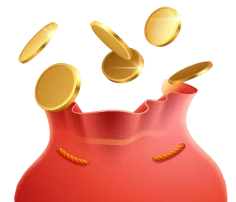Please allow ads on our site
Please log in to access this content. You will be redirected to the login page shortly.
LoginSet of all real values of x satisfying the inequality 4(ln x)^3 -8(ln x)^2 - 11(en x) + 15<=0 is(a, e^-b]U[e^c,e^d] and I = a^2+ b^2 + c^2 + d^2.If [.] represents greatest integer function, then [l] is equal to(A) 5(B) 7 (C) 8(D) 9
Math Secondary School in Math 8 months ago
We're given the inequality,
Let us solve this inequality first.
We can see the equality holds TRUE for
So we can divide our inequality by like,
Now the whole LHS is factorised here and we can apply wavy curve method, for
So the condition for to satisfy our inequality is given by this wavy curve as,
Taking antilog (possible since is an increasing function),
But in the QUESTION, the solution is given as,
So,
Hence (D) is the ANSWER.
Posted on 23 Oct 2024, this text provides information on Math related to Secondary School in Math. Please note that while accuracy is prioritized, the data presented might not be entirely correct or up-to-date. This information is offered for general knowledge and informational purposes only, and should not be considered as a substitute for professional advice.
Take Quiz To Earn Credits!
Turn Your Knowledge into Earnings.

No matter what stage you're at in your education or career, TuteeHub will help you reach the next level that you're aiming for. Simply,Choose a subject/topic and get started in self-paced practice sessions to improve your knowledge and scores.

